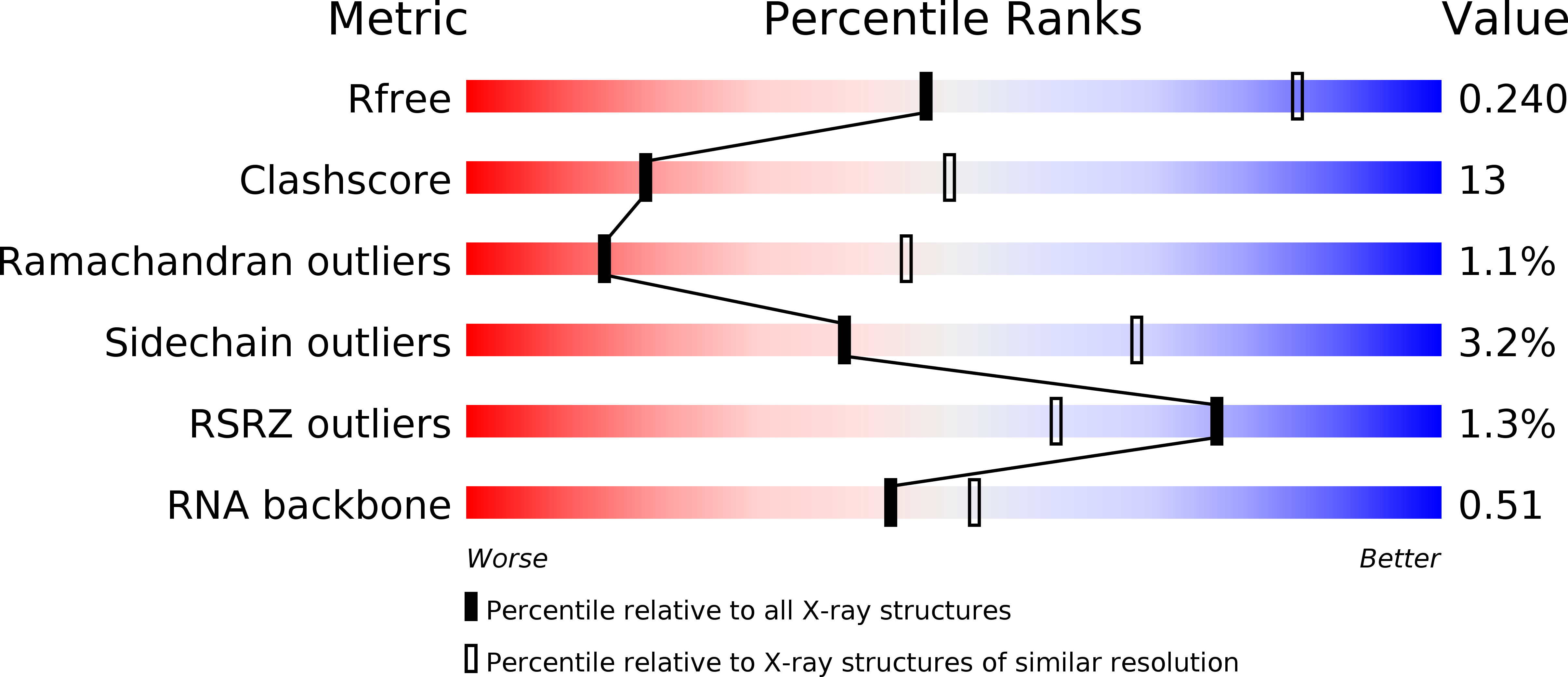
Deposition Date
2011-03-10
Release Date
2011-08-31
Last Version Date
2023-09-13
Entry Detail
PDB ID:
3R1L
Keywords:
Title:
Crystal structure of the Class I ligase ribozyme-substrate preligation complex, C47U mutant, Mg2+ bound
Biological Source:
Source Organism:
Homo sapiens (Taxon ID: 9606)
Host Organism:
Method Details:
Experimental Method:
Resolution:
3.13 Å
R-Value Free:
0.23
R-Value Work:
0.19
Space Group:
P 1


